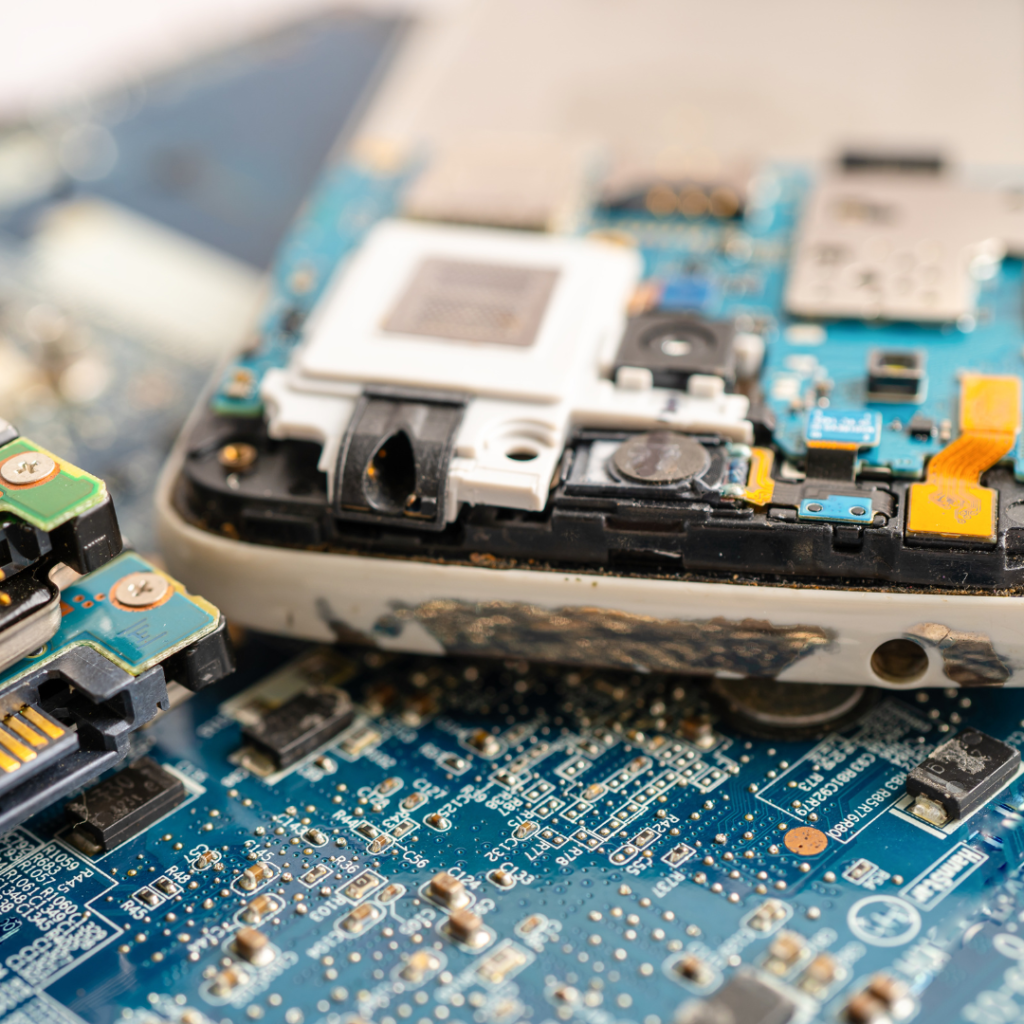
The rise of the Internet of Things (IoT) has significantly impacted businesses across industries. IoT has revolutionized the manufacturing business, enhancing operational efficiency and streamlining production processes. However, with this increasing reliance on IoT devices comes a growing risk of cyber attacks, and businesses must take proactive measures to secure their IoT networks.
In this blog, we will explore the importance of IoT vulnerability assessment for manufacturing businesses and how it can help mitigate risks.
Understanding IoT vulnerability assessment:
IoT vulnerability assessment is the process of identifying security risks and weaknesses in an organization’s IoT network. It involves a comprehensive evaluation of the network, IoT devices, and associated applications, along with the identification of potential threats and vulnerabilities. A vulnerability assessment aims to provide insights into the security posture of the IoT network, identify potential attack vectors, and recommend mitigation strategies.
Importance of IoT vulnerability assessment for manufacturing businesses:
The manufacturing industry relies heavily on IoT devices to automate production processes, monitor equipment, and control manufacturing plants’ temperature and humidity. These IoT devices are often connected to the internet, making them vulnerable to cyber attacks. The consequences of a successful cyber attack on a manufacturing business can be severe, leading to production downtime, loss of revenue, and damage to the company’s reputation. Regular IoT vulnerability assessments can help manufacturers identify vulnerabilities, improve their security posture, and protect against potential cyber attacks.
The process of IoT vulnerability assessment:
IoT vulnerability assessments involve a comprehensive evaluation of the network, IoT devices, and associated applications. The process typically involves the following steps:
- Planning and scoping: Define the scope of the assessment, including the types of devices and applications to be evaluated.
- Discovery: Identify all IoT devices and associated applications connected to the network.
- Vulnerability scanning: Conduct vulnerability scans to identify potential security risks and weaknesses in the IoT network.
- Risk assessment: Analyze the results of the vulnerability scans and assess the level of risk associated with each vulnerability.
- Remediation: Develop a plan to address and mitigate the identified vulnerabilities.
- Validation: Verify that the identified vulnerabilities have been properly addressed.
Common vulnerabilities in IoT networks:
IoT networks are susceptible to several vulnerabilities, including weak passwords, unsecured communication protocols, unpatched firmware, and poorly secured IoT devices. Attackers can exploit these vulnerabilities to gain access to the network, steal sensitive data, or launch a cyber attack.
Best practices for securing IoT devices:
Securing IoT devices requires a proactive approach. Here are some best practices for securing IoT devices:
- Conduct regular vulnerability assessments to identify security risks and weaknesses.
- Implement strong passwords and authentication mechanisms to secure access to IoT devices and applications.
- Use encryption to secure communication between IoT devices and the network.
- Keep IoT devices up-to-date with the latest firmware and security patches.
- Use firewalls and intrusion detection systems to monitor IoT network traffic.
- Develop a cybersecurity policy that includes guidelines for securing IoT devices and networks.
Choosing the right IoT security solutions:
There are several IoT security solutions available in the market. The right solution will depend on the organization’s specific requirements and budget. Some common IoT security solutions include firewall and intrusion detection systems, antivirus and anti-malware software, and security information and event management (SIEM) systems.
Benefits of IoT vulnerability assessment:
- Improved Security: The primary benefit of conducting an IoT vulnerability assessment is improved security. By identifying vulnerabilities and addressing them, businesses can improve the security of their IoT devices and systems, reducing the risk of a successful cyber attack.
- Reduced Downtime: Cyber attacks can cause downtime, which can be costly for businesses. By conducting regular vulnerability assessments, businesses can identify vulnerabilities and take action to prevent attacks, reducing the risk of downtime.
- Compliance: Many businesses are subject to regulations and standards that require them to maintain a certain level of security. By conducting regular vulnerability assessments, businesses can ensure that they are meeting these requirements and avoid potential penalties.
- Cost Savings: By identifying and addressing vulnerabilities early, businesses can avoid costly remediation efforts that may be required after a successful cyber attack. This can save businesses both time and money in the long run.
- Improved Reputation: Cyber attacks can damage a business’s reputation, leading to loss of customers and revenue. By demonstrating a commitment to security through regular vulnerability assessments, businesses can improve their reputation and build trust with customers.
Conclusion:
As the number of IoT devices continues to grow, businesses must take steps to secure their systems and protect against cyber attacks. Conducting regular IoT vulnerability assessments is a critical component of a comprehensive cybersecurity strategy. By identifying and addressing vulnerabilities, businesses can improve the security of their IoT devices and systems, reduce the risk of cyber attacks, and protect their bottom line.



